With their brilliant colours and striking design, Australian Aboriginal paintings are a feast for the senses.
Australian Aboriginal art expert Sarah-Jane Holden has curated a treasure box of an exhibition at Wimbledon Fine Art. The images are diverse but all of the highest quality.
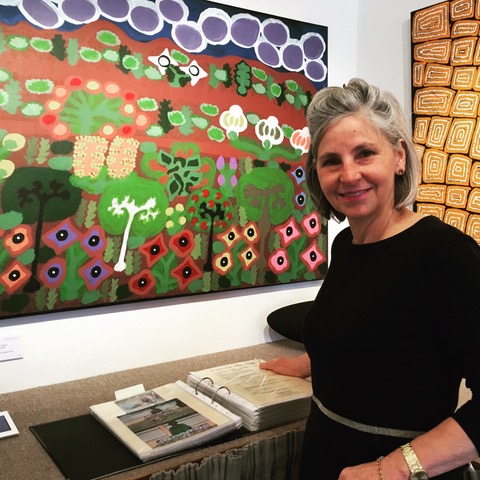
Sarah-Jane Holden in front of Daisy Napaltjarri Jugadai’s Mereenie – Haast Bluff
One important reason for the diversity is that each artist is working in a different tradition, according to their family group. To understand this, says S-J, you need to understand a little about the Australian Aboriginal view of the world.
In the Dreamtime three giant birds created the world, according to Aboriginal lore. The birds danced and sang each animal and plant into being; and each of these performances was called a dreaming.
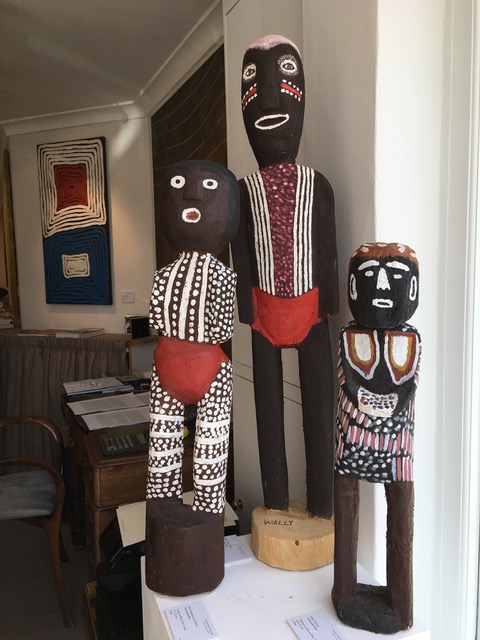
Three sculptures by Wally Pwerle Clarke
Traditionally, each Aboriginal family regards itself as guardians of a specific plant or animal, in a particular landscape. For millennia they used dance and song to retell the dreaming.
Sacred and secret, their tellings would also convey vital survival information about the landscape, the availability of food and water and medicinal plants, the location and threat of other living things.
Using paint to capture the essence of these dreamings is a recent thing. Previously drawings would be impermanent, sketched out with a finger in the sand.
The artists invest each painting with layers of meaning that relate to their own family traditions and landscape, as if recording it for posterity. The paintings feel poignant because it is a way of life that is endangered by many things.
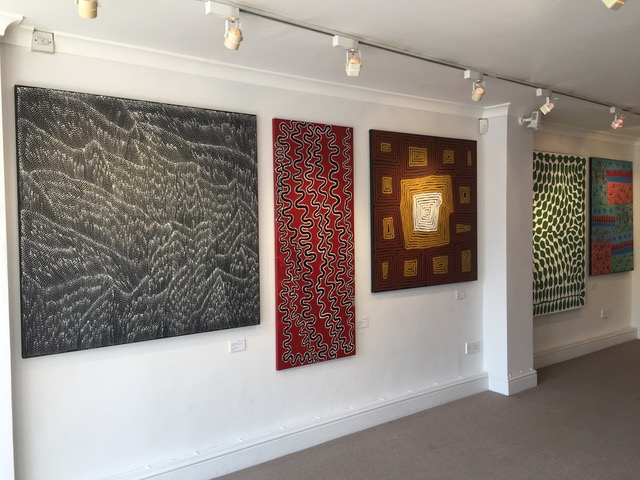
Brilliant colours and striking images
But the painting is also a living tradition, and family schools of art have sprung up with younger painters developing the style of the older generation. Many of the painters and their families are supported by the Tingari Arts organisation in Alice Springs – S-J is their London representative.
Tingari Arts provides each painting with a certificate of authenticity to set them apart from the many imitations and fakes in this field of art.
Lecture over. It is impossible not to react joyfully to the images. Josie Patrick Kemarre’s Bush Flowers is an undulating billow of cerise, raspberry and red; Sally Kemarre Perkins’s Wild Flowers is an interlocking kaleidoscope of pastel explosions; Peggy Poulson Napurrula’s Water Dreaming is a languid meander of orange, red and white.
Although the paintings often consist of a single, powerful graphic design, like Snake Dreaming’s potent squiggle of brown, many are formed of tiny, delicate dots or brush strokes that seem to undulate. You find yourself walking forwards and backwards in front of the painting trying to gain an overall sense of the work.
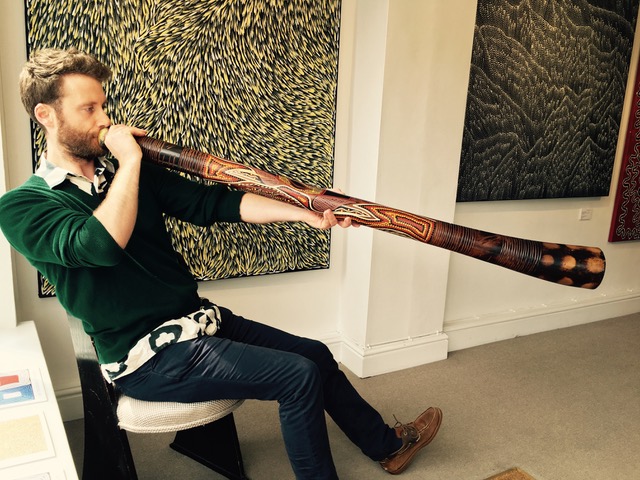
Clarinettist George Sleightholme played interludes of didgeridoo at Sunday’s private view
Perhaps the most striking image in the exhibition is Daisy Napaltjarri Jugadai’s Mereenie – Haast Bluff, which draws together a riot of colourful plants important for survival under the brown ridges of a mountain range, with her distinctive lilac clouds floating above.
Nearby, Daisy’s sister Molly Napaltjarri Jugadai has created a mash-up of images, says S-J, with human figures busy in some areas and plants and creatures depicted in others.
Away from the harsh, flattening glare of the Outback, the images appear to glow in the softer, northern light of the UK.
The exhibition opened on April 23, and runs for two weeks. Before you go, don’t miss Wally Pwerle Clarke’s three funny and endearing sculptures, grouped together near the window.
Australian Aboriginal Art is on show at Wimbledon Fine Art, 41 Church Road, Wimbledon, SW19 5DQ.
020 8944 6593
wimbledonfineart.com
By ‘Culture Vulture’ Jenny Booth
Twitter: @culturevult
Facebook: @culturevult
Visit: mediastarsite.wordpress.com


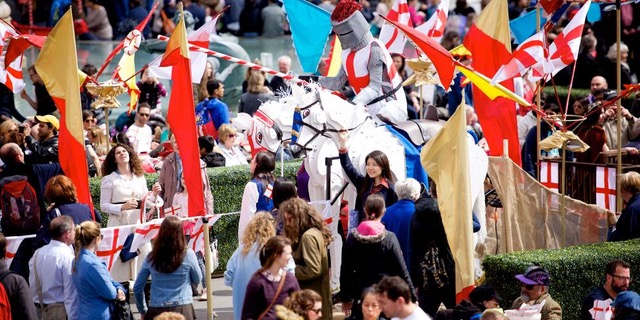
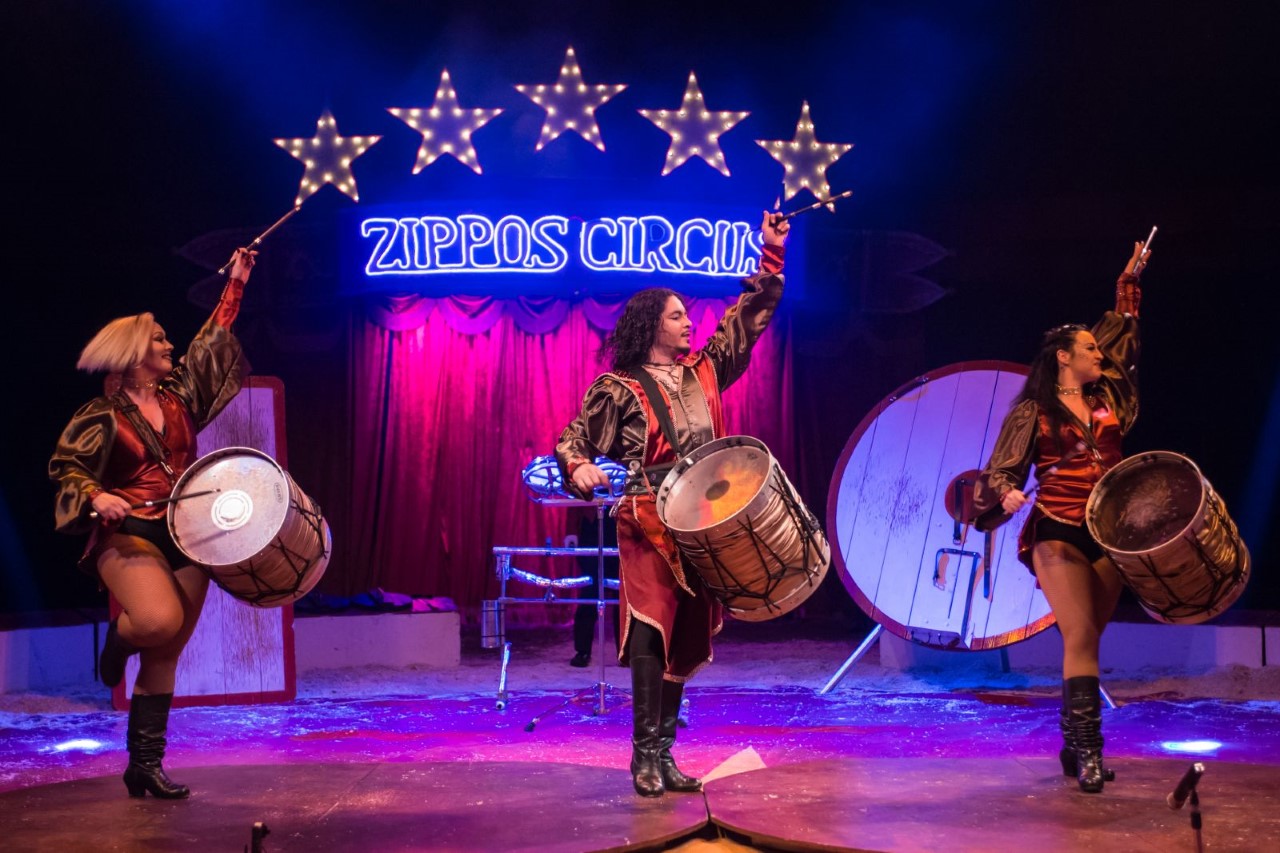
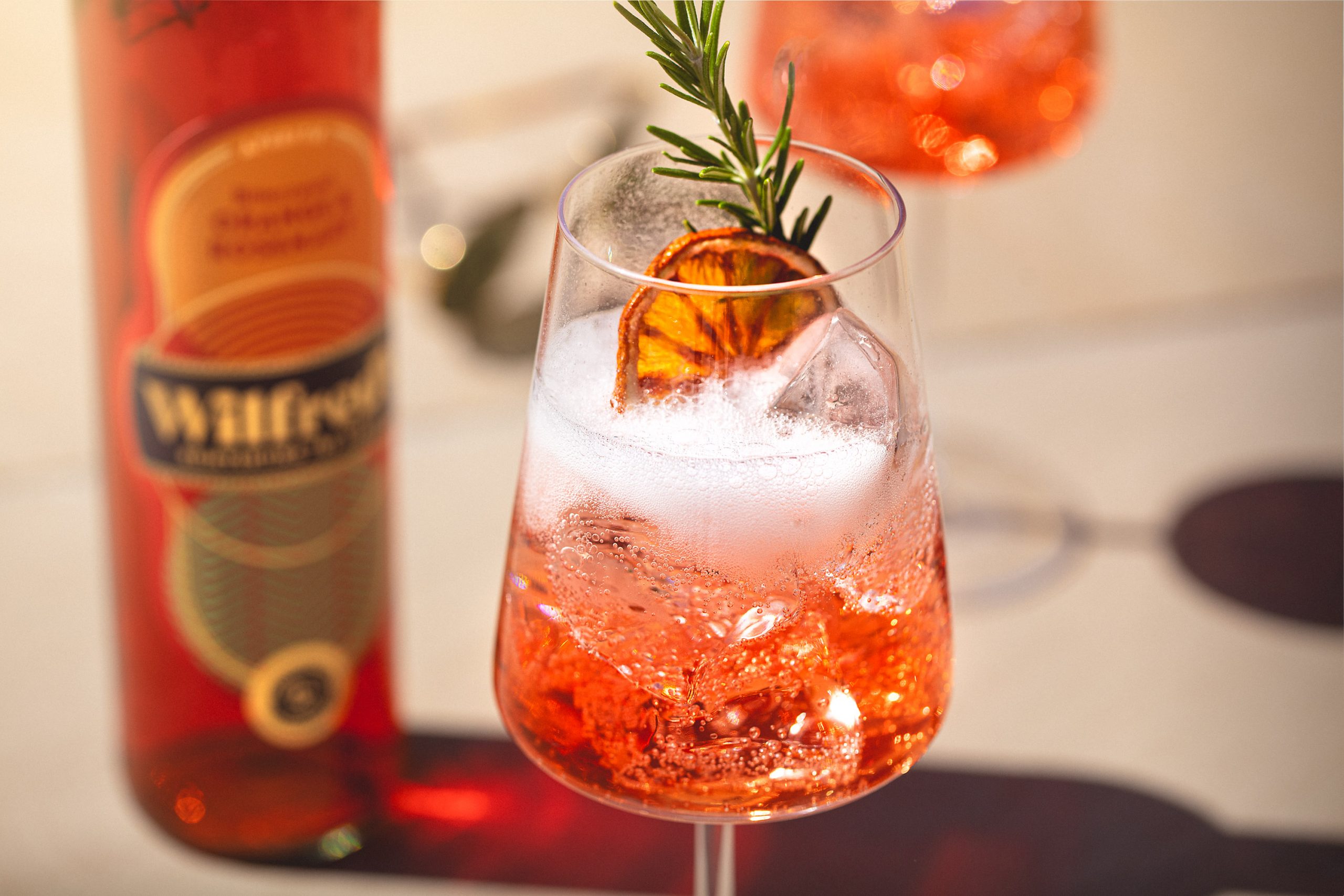
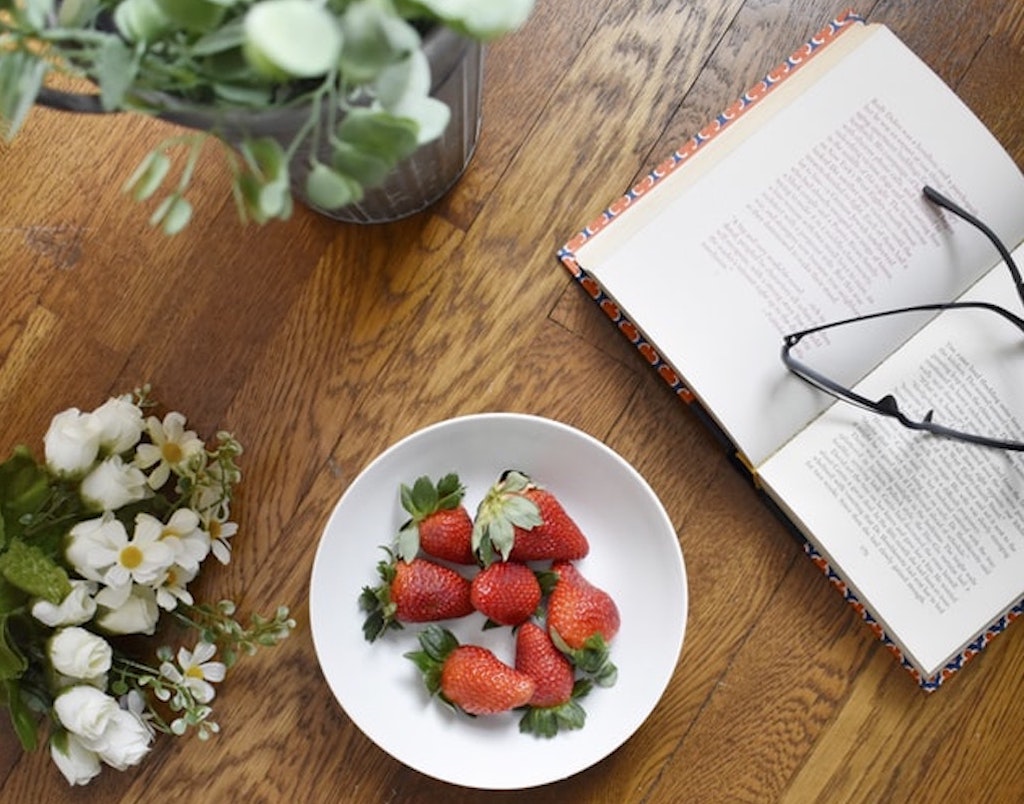
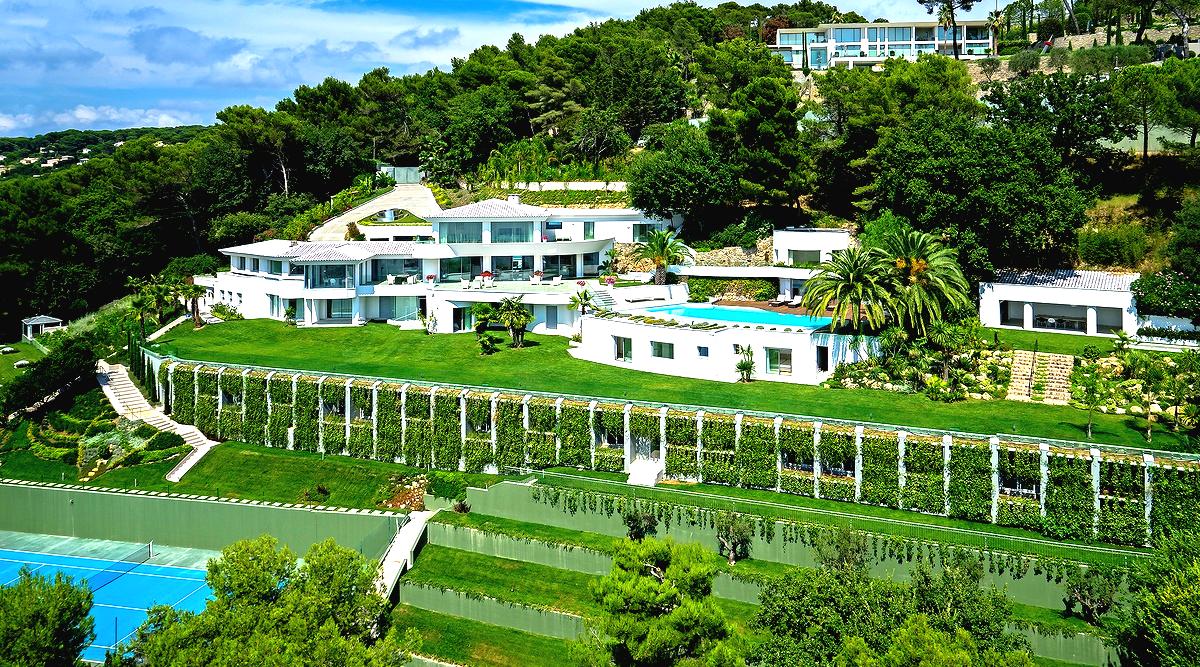

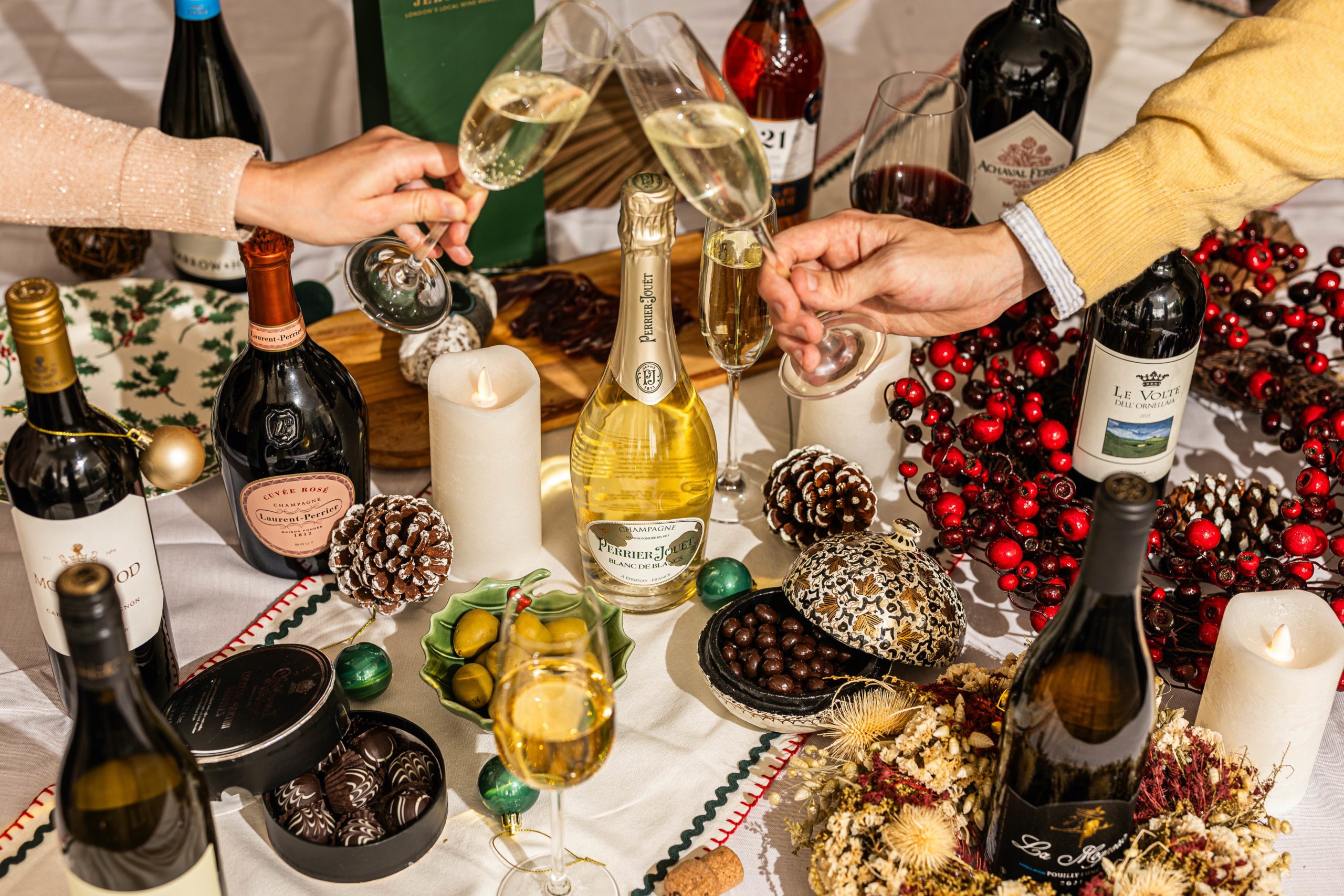
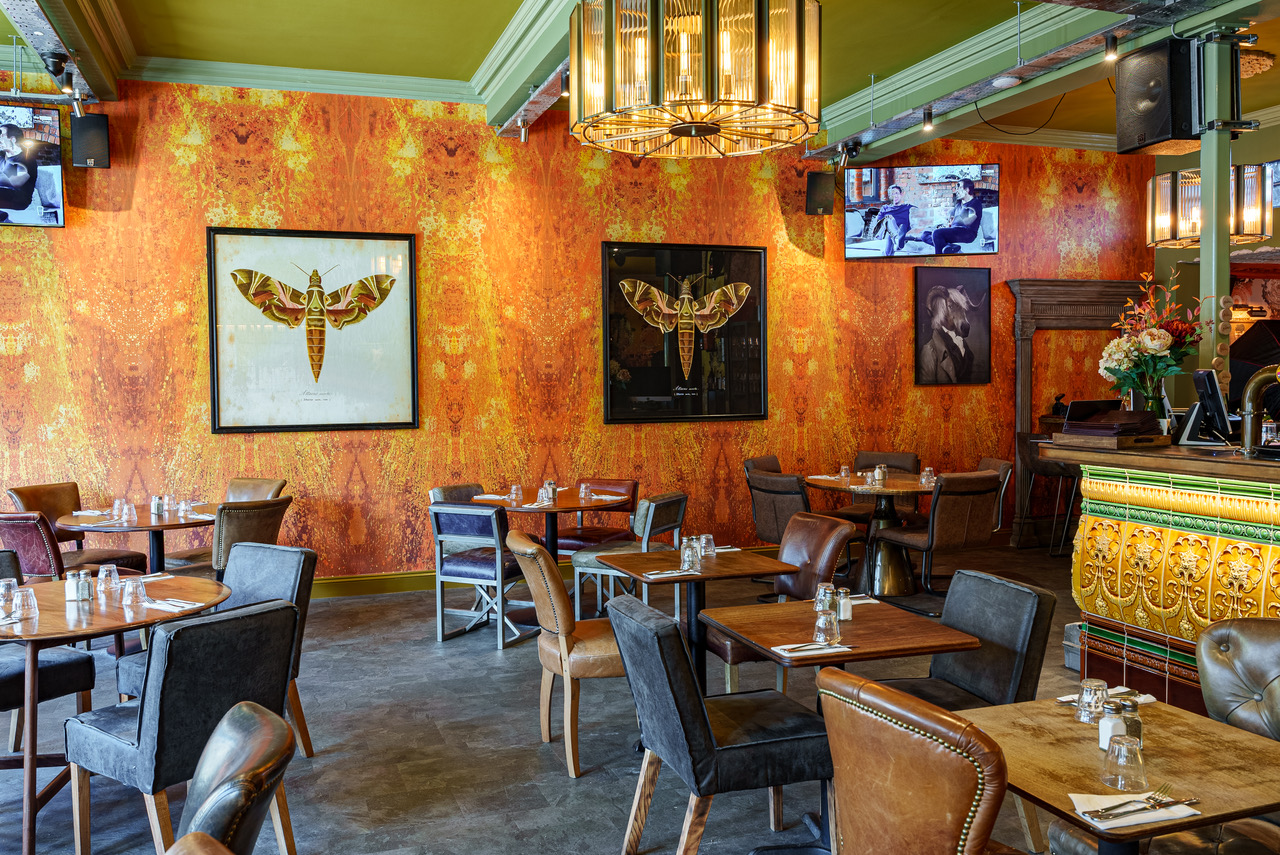

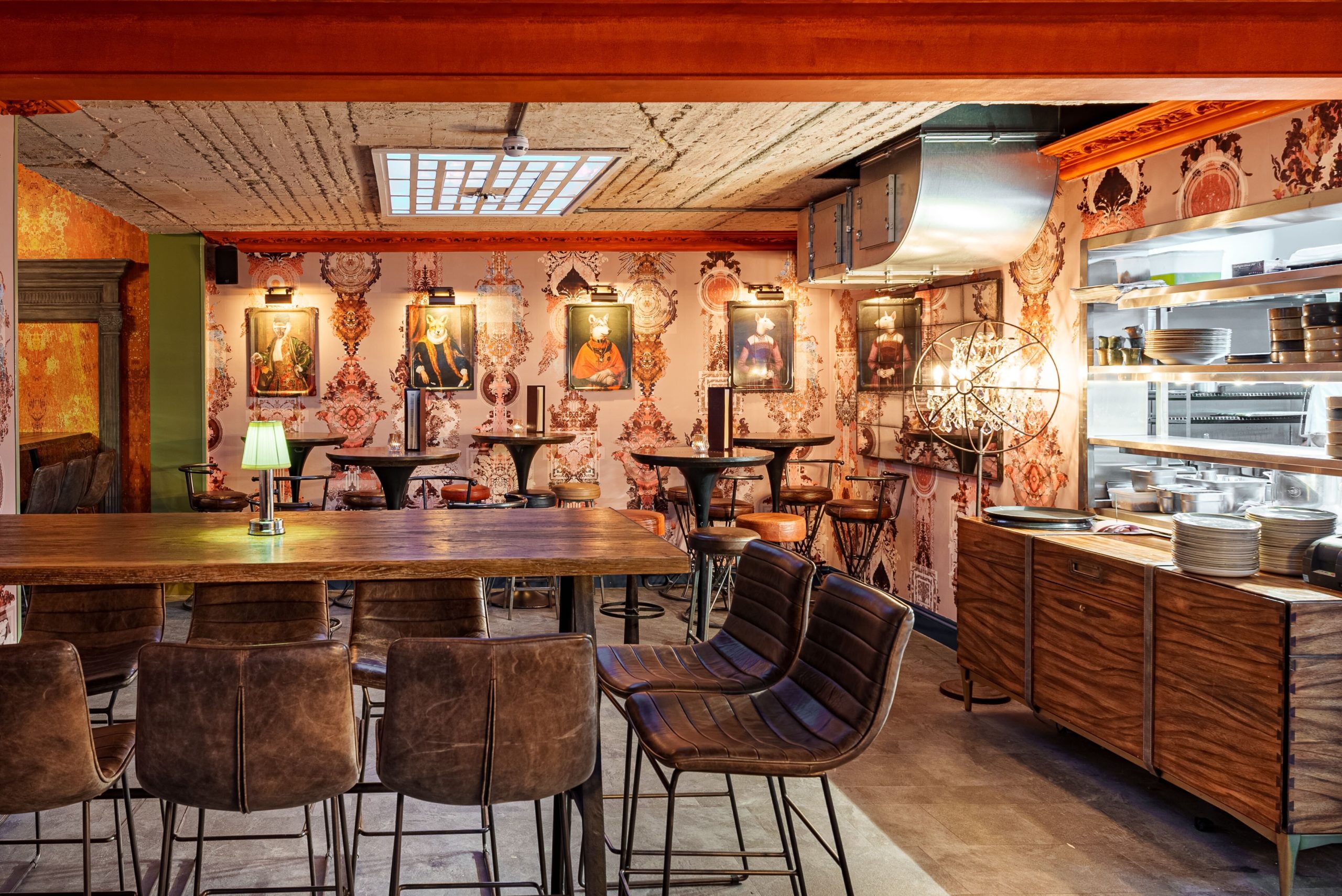
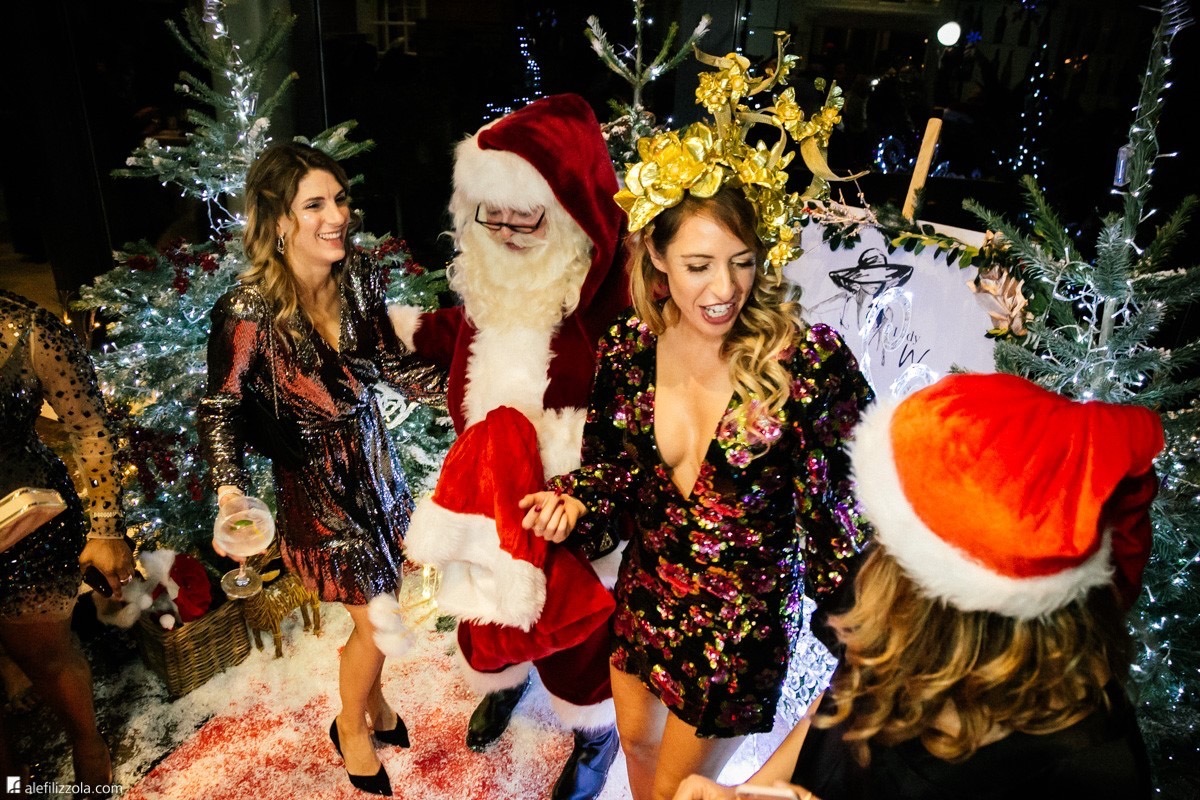


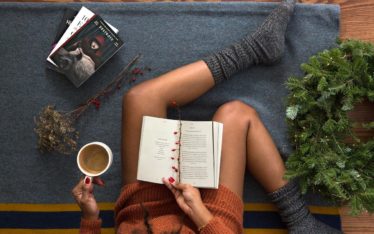


About The Author
Jenny Booth
Jenny was a news journalist for The Times. An ex-teacher, mum, gardener and art lover, there’s nothing she doesn’t know about the local culture scene…